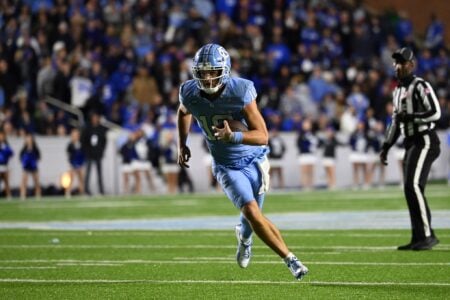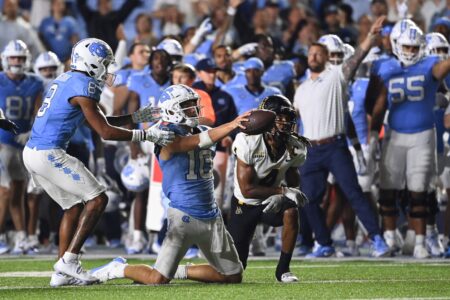- Joined
- Nov 14, 2006
- Messages
- 49,630
- Reaction score
- 28,347
I think Belichick did really miss out of the increase in cap from the next TV deals. The cap is now growing so fast that deals that were shocking even last year will be average deals in two or three years. I do believe the people who say "The Cap is Crap" are overstating it a bit, but the new TV deals along with some of these new marketing deals really did create a window where the cap is irrelevant.
Many team were able to pay huge deals to top talent because as the cap continues to go up exponentially, they still have a lot of players on deals at well below market deals because they signed contracts before the salary jump. The longer we get into the new deal, the fewer players teams have under contract under the old salary pay scale.
The time to strike was last year and this year. The Pats won't be able to strike until next year and they will still have to sign a lot of players under the new salary structure just to get to the 53 man roster.
Many team were able to pay huge deals to top talent because as the cap continues to go up exponentially, they still have a lot of players on deals at well below market deals because they signed contracts before the salary jump. The longer we get into the new deal, the fewer players teams have under contract under the old salary pay scale.
The time to strike was last year and this year. The Pats won't be able to strike until next year and they will still have to sign a lot of players under the new salary structure just to get to the 53 man roster.


















